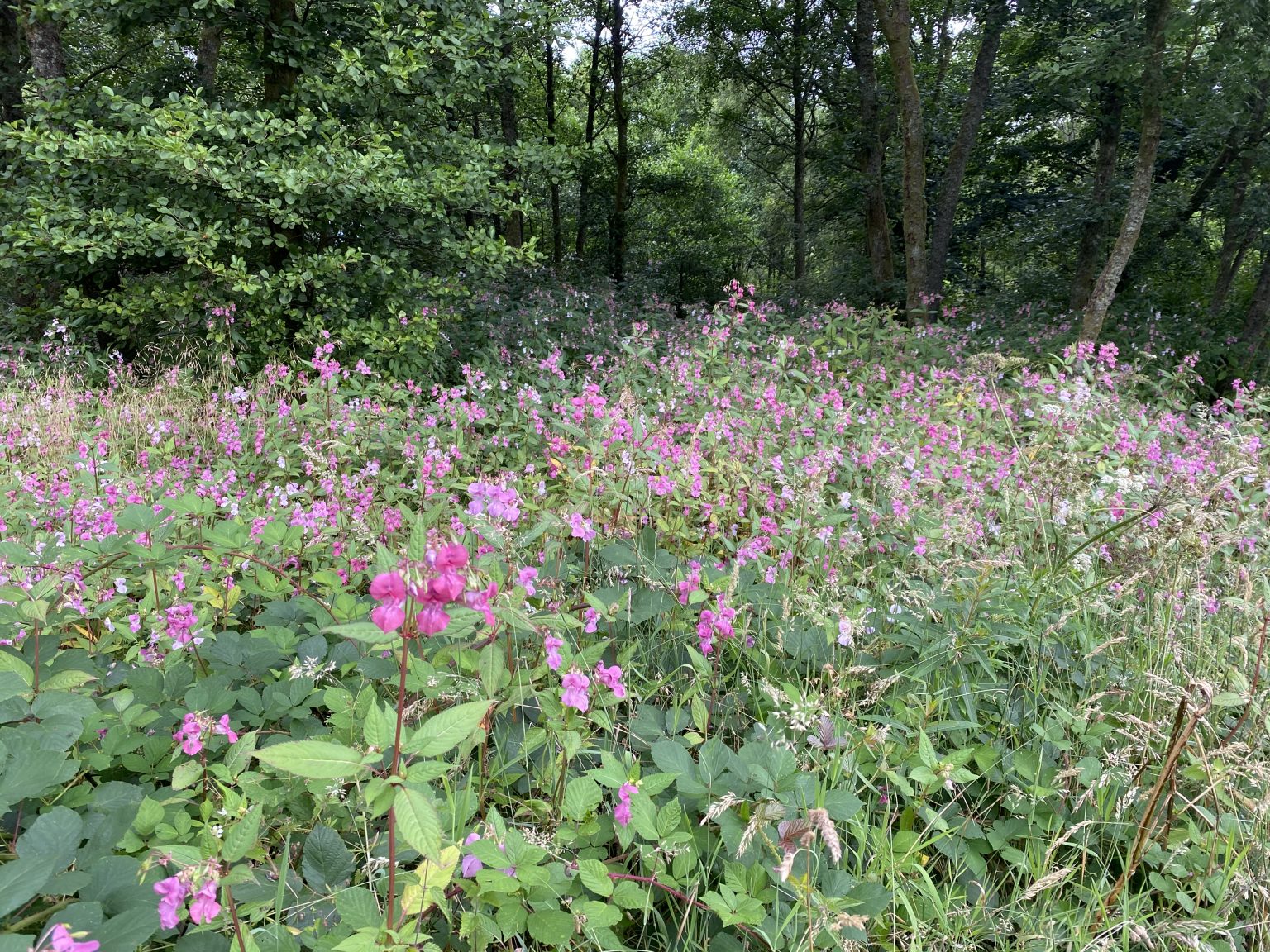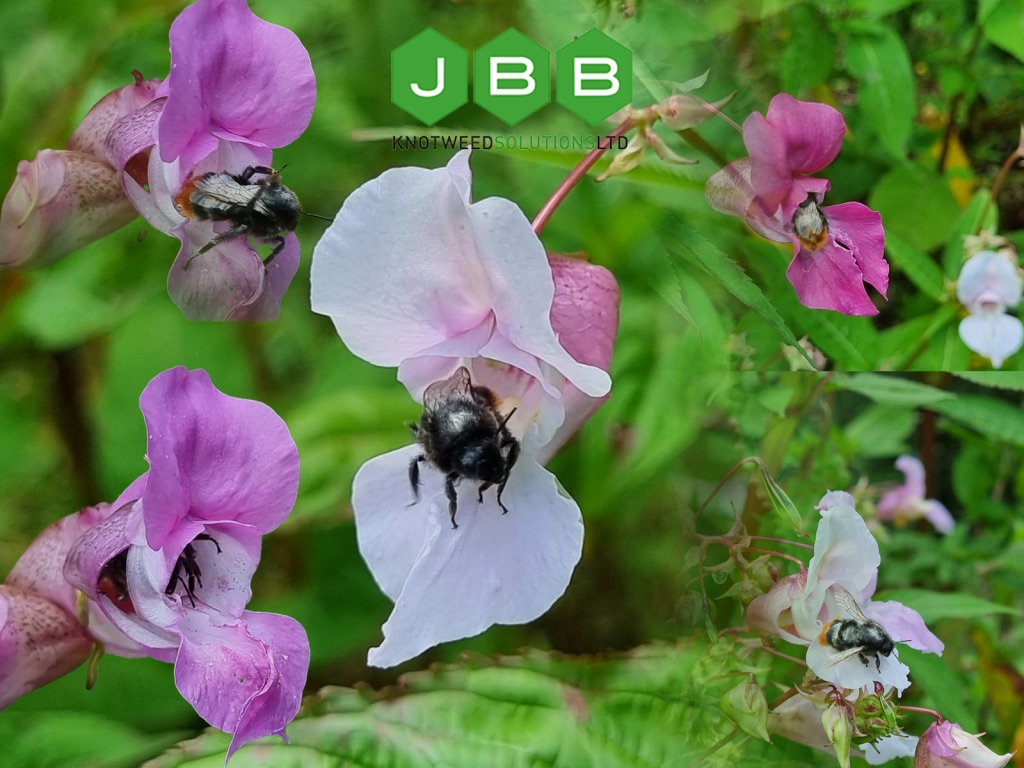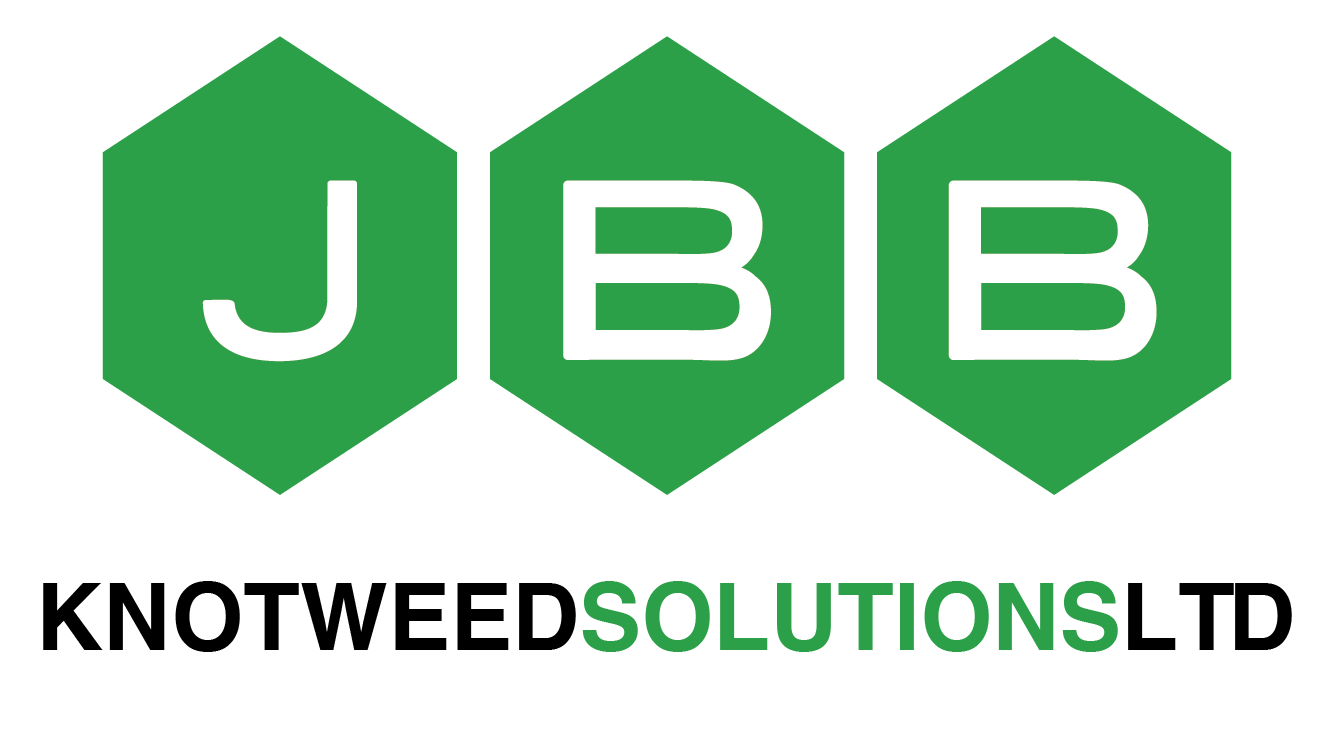Himalayan Balsam
Expert Invasive Himalayan Balsam Removal in Scotland. We identify, control and remove this aggressive riverbank weed.
What is Himalayan Balsam?
Himalayan Balsam (Impatiens glandulifera) is a fast-growing invasive weed originally introduced to the UK in the 19th century as an ornamental garden plant. Today, it is considered a serious environmental threat, particularly along riverbanks and watercourses in Scotland.
This annual plant produces clusters of pink or purple flowers, popular with bees and other insects, with a strong scent, and spreads rapidly by seed dispersal. A single plant can eject seeds up to 7 metres, contributing to large-scale infestations.
Where Did Himalayan Balsam Come From?
Native to the Himalayan region, it was introduced to the UK in 1839 via Kew Gardens.
It quickly adapted to the British environment, and by 1855 its invasive nature had already been recognised.
Its seeds can float downstream, taking root in muddy, disturbed ground—particularly near rivers, streams, and drainage channels.
Issues Caused by Himalayan Balsam
What are the Environmental Risks?
Himalayan Balsam aggressively outcompetes native plants, destabilising riverbanks and contributing to erosion and an increased risk of flooding. In the colder months, it dies back, leaving bare soil exposed to further damage.
What is my Legal Responsibility?
Under Schedule 9 of the Wildlife and Countryside Act 1981, it is an offence to plant or allow Himalayan Balsam to spread in the wild. Property owners have a legal duty to prevent its spread to neighbouring land. Early identification and treatment are essential to avoid compliance issues and long-term damage.
Identification of Himalayan Balsam Throughout the Year
Seasonal Growth Cycle
- Spring: Seed germination begins with square-shaped seed leaves.
- Summer: Vigorous growth with flowering starting in June.
- Autumn: Peak flowering season; seeds dispersed.
- Winter: Plant dies back, leaving bare and vulnerable soil.
Detailed Himalayan Balsam Characteristics
- Stems: Tall (up to 2m), hollow and often red-tinged.
- Leaves: Lance-shaped with finely serrated edges.
- Flowers: Pink, purple or occasionally white, blooming June to September.
- Seeds: Contained within seed pods which explode when ripe, spreading widely. A single plant can produce up to 500 seeds.
- Roots: Shallow, fibrous roots rarely exceeding 15cm in depth.
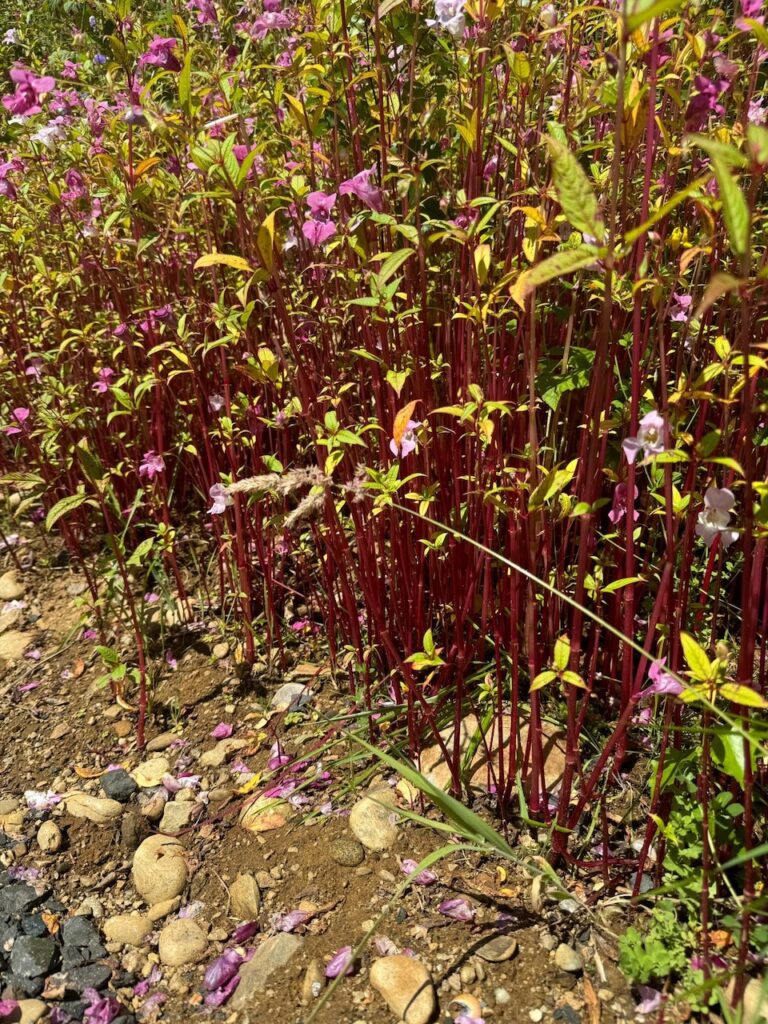
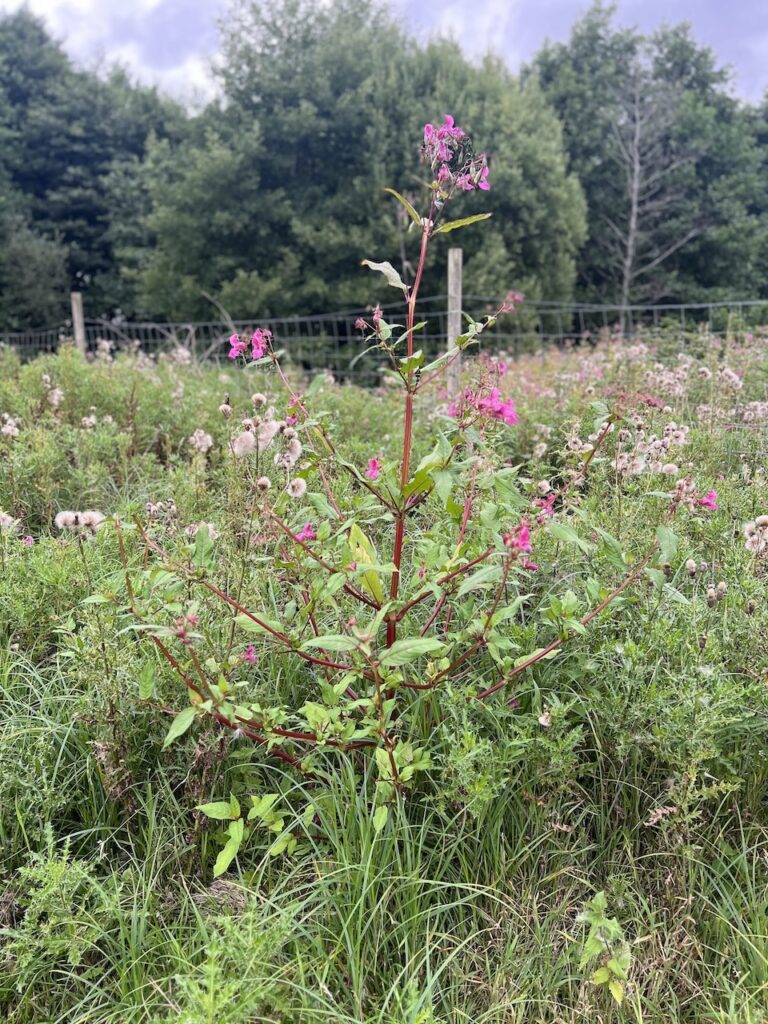

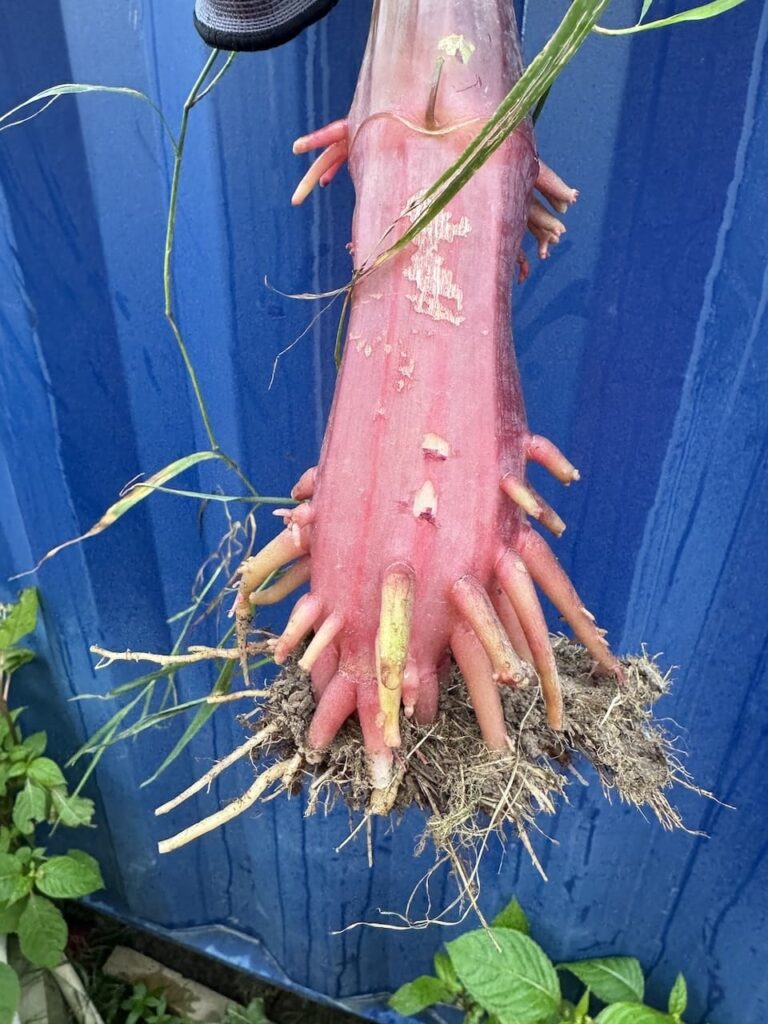
Treatment and Control of Himalayan Balsam
At JBB Knotweed Solutions Ltd, we offer a range of treatment options tailored to your site, with full legal and environmental compliance.
Herbicide Treatment
- Foliar Spray Applications: Highly effective during active growth stages. Multiple seasons of treatment may be needed due to dormant seeds.
- Environment Agency Approval: Often required for chemical treatments near watercourses—our experts will handle this for you.
Mechanical Removal
Suitable in certain locations, though careful planning is needed to reduce risk and prevent disturbance to watercourses.
Book a Survey
Book a survey today with JBB Knotweed Solutions to take the first step towards a Himalayan Balsam free environment.
More from JBB Knotweed Solutions
